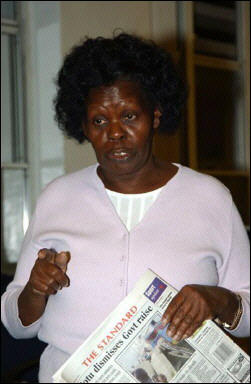
ROME - A modern art sculpture portraying a crucified green frog holding a beer mug and an egg that Pope Benedict has condemned as blasphemous may have its days numbered.
The board of the Museion museum in the northern city of Bolzano were meeting on Thursday to choose whether to side with the pope and other opponents of the frog or with proponents who say it should be defended as a work of art. The wooden sculpture by the late German artist Martin Kippenberger depicts a frog about 1 metre 30 cm (4 feet) high nailed to brown cross and holding a beer mug in one outstretched hand and an egg in another.
Called "Zuerst die Fuesse," (Feet First), it wears a green loin cloth and is nailed through the hands and the feet in the manner of Jesus Christ. Its green tongue hangs out of its mouth. Kippenberger's work has been shown at the Tate Modern and the Saatchi Gallery in London and at the Venice Biennale, and retrospectives are planned in Los Angeles and New York. Museum officials in the northern bi-lingual Alto Adige region near the Austrian border said the artist, who died in 1997, considered it a self-portrait illustrating human angst.
Pope Benedict, who is German himself and was recently on holiday not far from Bolzano, obviously did not agree.
The Vatican wrote a letter of support in the pope's name to Franz Pahl, president of the regional government who opposed the sculpture. "Surely this is not a work of art but a blashphemy and a disgusting piece of trash that upsets many people," Pahl told Reuters by telephone as the museum board was meeting. The Vatican letter said that the work "wounds the religious sentiments of so many people who see in the cross the symbol of God's love".
Pahl, whose province is heavily Catholic, was so outraged by the sculpture of the pop-eyed amphibian that he went on a hunger strike to demand its removal and had to be taken to hospital during the summer. The museum then moved the statue out of its foyer and into a less trafficked area on the third floor. But Pahl's opposition was unflagging and he has threatened to resign as regional president unless it is removed altogether.
Art experts defend the work. "Art must always be free and the artist should not have any restrictions on freedom of expression," Claudio Strinati, a superintendent for Rome's state museums, told an Italian newspaper on Thursday.



Comments